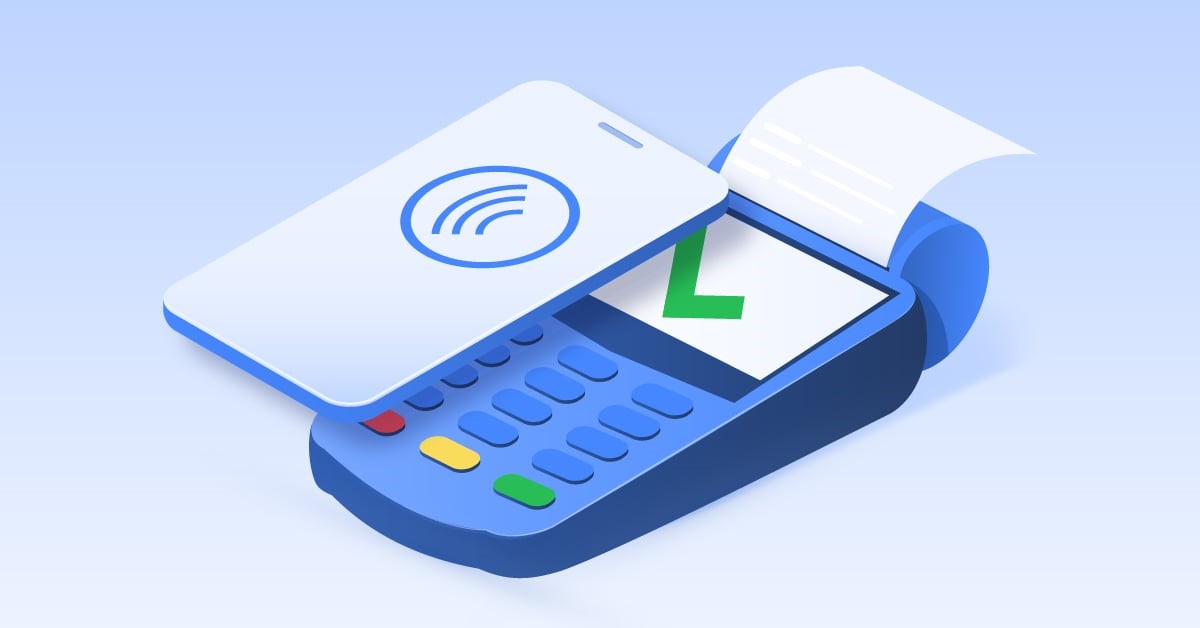
Near-Field Communication (NFC) is a technology that allows devices to communicate wirelessly when they are close together. But what exactly is NFC, and why should you care? Imagine tapping your phone to pay for groceries or quickly sharing a photo with a friend by just bringing your devices close. NFC makes these tasks possible and so much more. From mobile payments to smart posters, this tech is everywhere. In this blog post, we'll dive into 19 intriguing facts about NFC that will help you understand its impact on our daily lives. Whether you're a tech enthusiast or just curious, these facts will shed light on how NFC is shaping the future.
What is Near-Field Communication (NFC)?
Near-Field Communication, or NFC, is a technology that allows devices to communicate wirelessly when they are close to each other. It’s used in various applications, from mobile payments to data exchange.
- NFC operates within a range of about 4 centimeters. This short range ensures secure communication between devices.
- It was developed from Radio-Frequency Identification (RFID) technology, which is used for tracking and identifying objects using radio waves.
- NFC can be used in three modes: reader/writer, peer-to-peer, and card emulation. Each mode serves different purposes, such as reading tags, exchanging data, or mimicking a smart card.
How Does NFC Work?
Understanding how NFC works can help you appreciate its applications and benefits. Here’s a closer look at the mechanics behind this technology.
- NFC uses electromagnetic induction to transmit data. When two NFC devices come close, they create a magnetic field that allows data transfer.
- It operates on the 13.56 MHz frequency, which is a globally accepted standard for short-range communication.
- NFC devices can be either active or passive. Active devices, like smartphones, can send and receive data, while passive devices, like NFC tags, only send data.
Applications of NFC
NFC has a wide range of applications that make everyday tasks easier and more convenient. Here are some common uses.
- Mobile payments are one of the most popular uses of NFC. Services like Apple Pay and Google Wallet allow users to make payments by simply tapping their phones.
- NFC is used in public transportation systems for ticketing. Commuters can tap their cards or phones to pay for rides.
- NFC tags can be programmed to perform specific actions, like connecting to Wi-Fi, sharing contact information, or launching apps.
Benefits of NFC
The benefits of NFC technology extend beyond convenience. It offers several advantages that enhance user experience and security.
- NFC provides a secure way to transfer data. The short range reduces the risk of interception by unauthorized parties.
- It’s user-friendly. Most NFC interactions require just a tap, making it easy for anyone to use.
- NFC technology is energy-efficient. Passive devices don’t need a power source, and active devices use minimal power during data transfer.
NFC in Everyday Life
You might be using NFC without even realizing it. Here are some everyday scenarios where NFC plays a role.
- Contactless payments at stores and restaurants use NFC. Just tap your card or phone on the reader.
- Smart posters with embedded NFC tags provide information or special offers when tapped with an NFC-enabled device.
- Access control systems in offices and hotels use NFC cards or smartphones to grant entry.
Future of NFC
The future of NFC looks promising with continuous advancements and new applications. Here’s what to expect.
- Wearable devices like smartwatches are increasingly incorporating NFC for payments and data exchange.
- NFC technology is being integrated into Internet of Things (IoT) devices, enabling seamless communication between smart home gadgets.
- Healthcare applications are emerging, where NFC can be used for patient identification and secure data transfer between medical devices.
- Retail experiences are being enhanced with NFC, allowing for personalized shopping experiences and efficient inventory management.
The Power of NFC in Everyday Life
Near-Field Communication (NFC) has quietly become a game-changer in our daily routines. From contactless payments to smart home devices, NFC tech is everywhere. It's not just about convenience; it's about making life simpler and more efficient. Imagine tapping your phone to pay for groceries or quickly sharing contact info with a friend. That's NFC at work.
Businesses are also catching on, using NFC for marketing and customer engagement. Think about those smart posters you see in stores. A quick tap gives you all the info you need.
Security is another big win. NFC transactions are encrypted, making them safer than traditional methods. Plus, the short range of NFC adds an extra layer of protection.
So, next time you tap your phone, remember the tech behind it. NFC is here to stay, making our lives a bit easier every day.
Was this page helpful?
Our commitment to delivering trustworthy and engaging content is at the heart of what we do. Each fact on our site is contributed by real users like you, bringing a wealth of diverse insights and information. To ensure the highest standards of accuracy and reliability, our dedicated editors meticulously review each submission. This process guarantees that the facts we share are not only fascinating but also credible. Trust in our commitment to quality and authenticity as you explore and learn with us.


